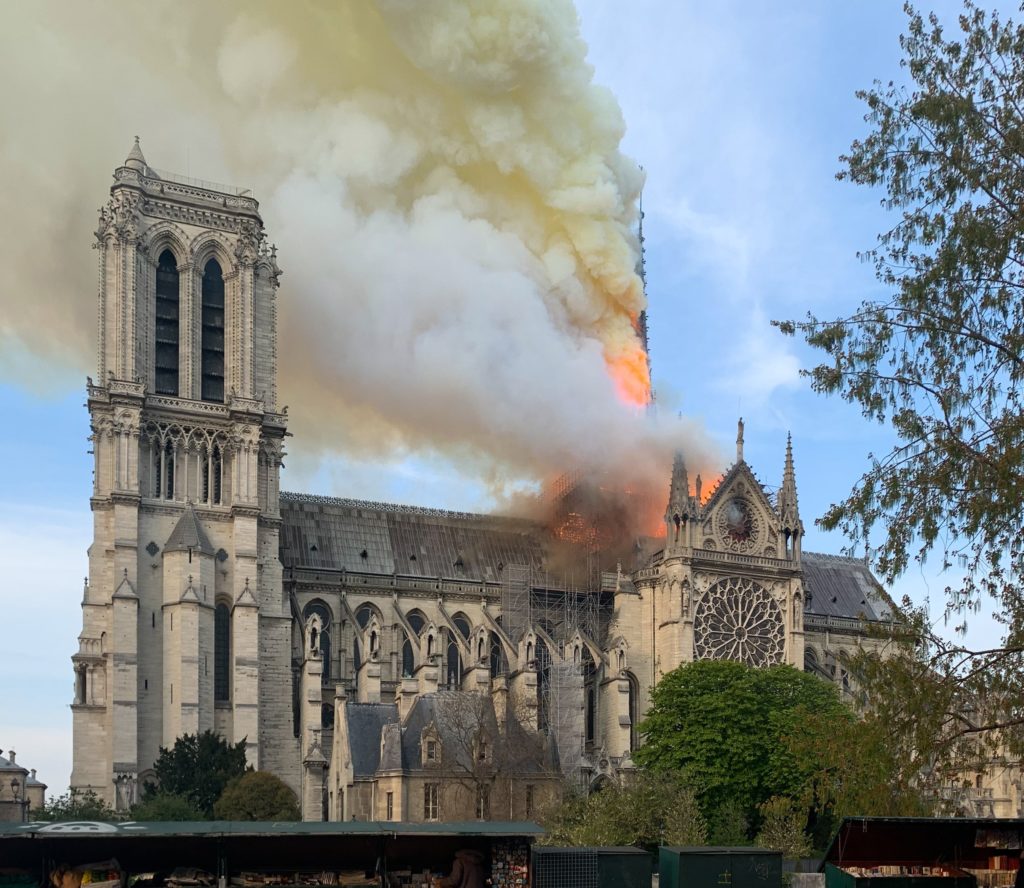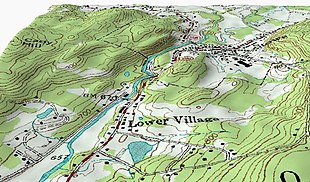In the realm of modern technology, 3D point clouds have emerged as a powerful tool with applications ranging from architecture and engineering to cultural preservation and disaster recovery. These projects illustrate the potential of 3D point clouds to recreate, analyze, and safeguard real-world environments. In this blog, we will explore three compelling case studies that demonstrate the transformative power of 3D point clouds in achieving remarkable results, from historic site preservation to disaster recovery efforts.
Historic Site Preservation: Notre-Dame Cathedral
The devastating fire that engulfed Notre-Dame Cathedral in April 2019 shocked the world. Threatening to erase centuries of history and culture. Yet, the subsequent restoration and preservation efforts have leveraged 3D point clouds to restore this iconic monument.
a. Accurate Documentation: 3D laser scanners were used to create a detailed point cloud of the cathedral’s structure, capturing the exact dimensions and spatial relationships of every element. This data was invaluable for architects and restoration specialists in understanding the building’s condition before the fire.
b. Reconstruction Planning: 3D point clouds provided a 3D representation of the cathedral, allowing architects to visualize and plan restoration efforts more effectively. This technology facilitated the recreation of intricate details and intricate stonework by artisans, ensuring historical accuracy.
c. Monitoring Progress: During restoration, ongoing 3D scans of the structure allowed real-time monitoring of progress, ensuring that the reconstructed elements fit precisely into the original framework.
Notre-Dame Cathedral’s restoration exemplifies how 3D point clouds can be instrumental in preserving our cultural heritage, ensuring historical accuracy, and aiding in the reconstruction of iconic landmarks.

Disaster Recovery: Nepal Earthquake
In 2015, a catastrophic earthquake struck Nepal, causing widespread destruction to historical sites and infrastructure. 3D point clouds played a vital role in the recovery and reconstruction process.
a. Rapid Assessment: Following the earthquake, drones equipped with LiDAR technology were used to rapidly create 3D point clouds of damaged areas. This data facilitated quick damage assessment, allowing authorities to prioritize resources and plan recovery efforts effectively.
b. Cultural Heritage Preservation: 3D point clouds were used to document and recreate historical sites and artifacts damaged during the earthquake. This preserved the cultural heritage of the region and allowed for informed restoration and reconstruction efforts.
c. Infrastructure Reconstruction: 3D point clouds aided engineers in assessing structural damage to buildings and bridges. The precise data enabled the design of effective reconstruction strategies, ensuring long-term safety and stability.
The Nepal earthquake case demonstrates how 3D point clouds are a valuable tool in disaster recovery, enabling efficient damage assessment and the preservation of cultural heritage.
Environmental Conservation: Coral Reef Mapping
Coral reefs are vital ecosystems, but they are under increasing threat due to climate change and pollution. 3D point clouds are being used to map and monitor these fragile environments.
a. Underwater 3D Scanning: Specialized underwater LiDAR scanners capture detailed 3D point clouds of coral reefs. This technology allows researchers to map the intricate structures of reefs and assess their health.
b. Monitoring Change: Over time, repeated scans can detect changes in the reef’s structure, including coral bleaching and erosion. This information aids conservation efforts, allowing timely interventions to protect these ecosystems.
c. Scientific Research: Scientists use 3D point cloud data to conduct research on coral ecosystems, including species distribution and growth patterns. This knowledge is invaluable for developing strategies to safeguard coral reefs.
The coral reef mapping project highlights how 3D point clouds are essential for environmental conservation, providing the data needed to understand and protect our planet’s delicate ecosystems.
Conclusion
3D point clouds have revolutionized the way we approach diverse projects, from historic site preservation to disaster recovery and environmental conservation. The case studies presented here are just a glimpse of the remarkable results achievable through the use of this technology. As 3D point cloud applications continue to expand, the possibilities for transforming our world, preserving our history, and protecting our environment are virtually limitless.





